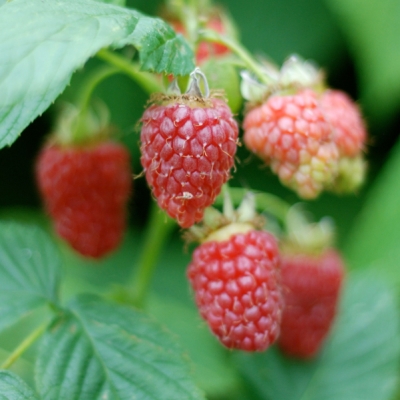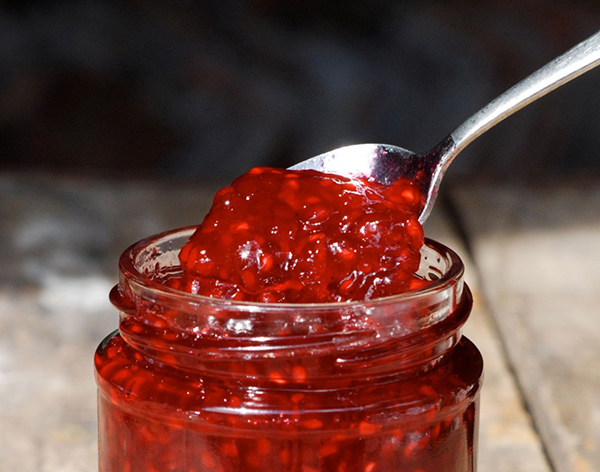Whether you are an experienced or novice jam-maker,  how do you source recipes to make award-winning jams? During the last 30 years, I’ve tried many recipes, in books, magazines and on-line. Each year brings a new crop of publications. As a preserves judge, I like to keep up to date with new recipes and frequently test them.
how do you source recipes to make award-winning jams? During the last 30 years, I’ve tried many recipes, in books, magazines and on-line. Each year brings a new crop of publications. As a preserves judge, I like to keep up to date with new recipes and frequently test them.
When I started preserving, digital recipes did not exist. Unfortunately, many of the recipes I’ve tested have unbalanced lists of ingredients, as the authors fail to recognise that preserving is a science as well as a branch of cookery.
I frequently wonder whether the authors know how to make a traditional jam and have tested their own recipes. If the jam doesn’t set, has a muddy dark colour or has no fruit aroma, it could be the fault of the type or quality of the fruit, or the recipe. It make sense only to use recipes from a trusted source.
Fruit
Some fruit are better suited to jam-making, these are high and medium pectin fruit; black and red currants, gooseberries ( except dessert varieties ) raspberries, loganberries, some plums, greengages, quince, apricots, damsons and cooking apples. Pectin is found principally in the walls, cores and stones of fruit.
Examples of low pectin fruit include tropical fruit, blackberries, cherries, elderberries, medlars, pears, rhubarb and strawberries. To set these fruit successfully, commercial liquid pectin or jam sugar and/or acid from lemon juice might be included in the list of ingredients.
Commercial pectin products often “over-set” the jam, affecting the quality, consistency and flavour. As most of the marks in competitions are awarded for the flavour and aroma, a jam which sets quickly naturally, has a fruitier flavour than a jam boiled to death. Low pectin fruit are best avoided for competitions, unless mixed with high pectin fruit; for example, black currant juice with cherries, cooking apples mixed with blackberries, elderberries and strawberries.
The quality of the fruit is important. Under-ripe fruit will have the maximum amount of pectin but not the fullest flavour. As fruit ripens, the pectin level declines as the pectin is slowly attacked by enzymes that are activated during ripening. Once fruit is over-ripe it contains less pectin and jams take longer to set. The longer the boil, the weaker the flavour.
Sugar
Pectin, acid and sugar in the right proportions produce the characteristic gel in a jam. They determine the consistency of the jam which should be spreadable rather than stiff or glutinous. Jams that keep well have 60% of the finished weight of jam from the added sugar. Around another 5% will be added from natural sugars found in the fruit. Reducing the percentage of sugar changes the consistency; the jam is slack rather than gelled, and the flavour may become unbalanced. As sugar is the chief preservative in jam, reducing it affects its keeping quality, and might cause fermentation.
Recipes

Experimenting with different fruit and flavour combinations is a popular, creative way to produce new recipes. My most successful new recipes come from adding flavours to reliable recipes, for example, a standard Raspberry Jam recipe can be enhanced with herbs, chocolate or chilli.
During a preserves course in Shrewsbury 20 years ago, I asked an experienced preserver why she was doing the course. She replied ” I want to learn the basics”. Understanding the basic rules of preservation and making tried and tested recipes is key to getting certificates in competitions.
I make small batches (2.25kg) and always use recipes with 60% sugar content. Artisan producers will be aware the Jam & Related Products 2003 Regulations stipulate jams can only be labelled as jams with 60% sugar content.
By using top quality, high to medium pectin fruit and a reliable recipe with 60% sugar content, should give you a head start towards an award winning jam.
A number of tried and tested jam recipes are listed in First Preserves and First Preserves:Jams
